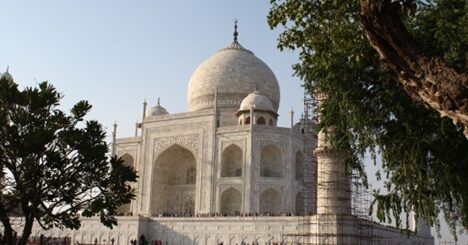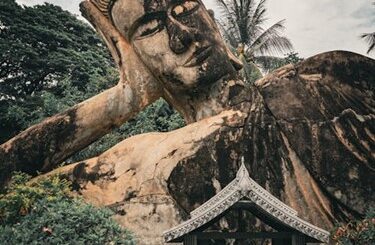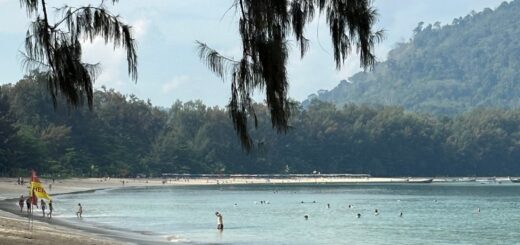Takamatsu – Himeji
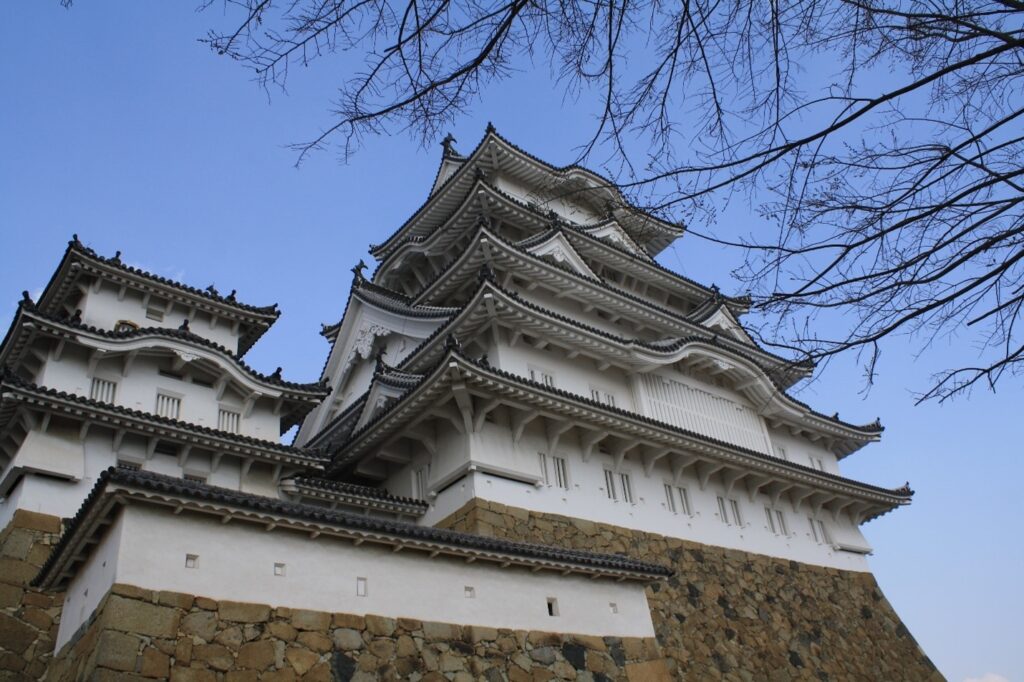
Travel Advice for Senors: Takamatsu – Himeji
We headed out on the bullet train or Shinkansen, to our next stop at Himeji, in route to Takamatsu. Interestingly, the Shinkansen was a themed “Hello Kitty” train. I am not making this up. Apparently, Hello Kitty is a major thing in Japan. She was designed by Yuko Shimizu in 1974 for some small accessories and it took off, still being very popular today.
Cats are considered lucky in Japan, in fact the maneki-neko, or “beckoning cat” is standard in most shops. The waving paw is said to bring wealth and good luck, while the right paw attracts customers. Of course, we picked some of these up to take home to our friends! Who doesn’t need a little help?!
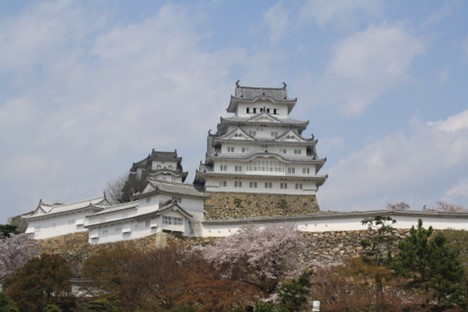
Himeiji castle is definitely a “must see” stop. We were traveling through Japan about halfway through a three-week trip during Cherry Blossum season. The sight of Himeji castle among the cherry blossoms literally takes your breath away. The castle is so majestic up on its hill and the landscaping so beautiful, you can’t help but just stop and take in the sight. We had a nice noodle lunch in the vicinity just so we could linger over the sight! The outer grounds are accessible but not the castle.
The castle is the largest and most visited castle in Japan. It is a Japanese National Treasure as well as a UNESCO Heritage site. The White Heron Castle, as it is also known, for its white exteriors, is one of Japan’s twelve remaining original castles.
Himeji Castle is architecturally important for its typical Japanese castle design. It has 83 rooms, and the main keep is a six-story pagoda-shaped tower with a shrine and a museum.
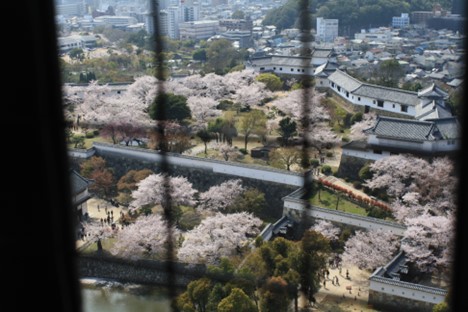
A word on the castle….it is uphill and there are a lot of steps in the castle. But the views are worth the climb. Be prepared and go slow. There are also a lot of tourists here, but the castle is pretty large, so everyone seemed to move along pretty quickly.
Following our tour of the castle we headed to Takamatsu, a port city on Japan’s Shikoku Island and home to the incredible Ritsurin Garden and much more.
We had only one day in Takamatsu and as usual, our schedule was packed. First stop was the awesome Ritsurin Garden, with its teahouse, koi ponds, landscaped hills and pine forests. Mom and I love visiting botanic gardens, it is one of the things that we include on every trip we take if possible. And hey, this one had a tea house also, so two favorite things to do in one location! The Gardens have accessible parking, entrance, restrooms and pathways, but some pathways are narrow and pebbled. Wheelchairs and walkers for rent.Tea house is not accessible.
We started at the teahouse for a cup of tea and some sweeties. The American version of sweeties is not the same as Japanese sweeties. Japanese versions are not typically near as sweet and they like to use sweetened bean paste, no chocolate in sight. Excellent tea though, of course!
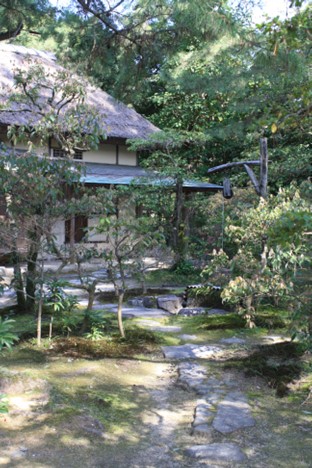
The teahouse itself was of special interest as it was situated around a Zen garden which was carefully raked with rocks placed strategically to inspire peacefulness and meditative thought. In a Japanese garden, every single rock, tree and plant have been carefully placed and curated to inspire a particular purpose. Some of the gardens we toured in Japan were curated to present power, but most were designed to promote serenity and thoughtfulness. Everything from the ancient bridges to the koi ponds have been meticulously planned and usually not a leaf is out of place.
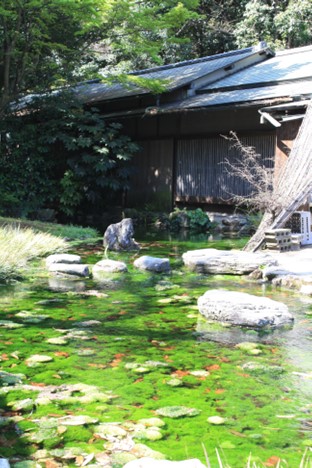
Ritsurin is one of the largest strolling gardens in Japan. The garden was completed in 1745 as a private strolling garden for feudal lords and opened to the public in 1875. Plan on spending at least a few hours here enjoying nature and the incredible craftsmanship that has gone into the design of the gardens. Most of the pathways were pretty flat and rocked.
Next up was a streetcar ride to Kotohira and a climb to the Kompira Shrine, atop Mount Zozu. A visit to the Shrine is not for the faint of heart. It is uphill to the base of the Shrine walkway and then 1368 steps to the top of the Mountain and the Shrine. Fortunately, there are some nice souvenir, noodle and tea shops if you want to skip the Shrine visit, but your travel buddy does not. The Shrine is not accessible.
The views are rewarding once you are at the top. The shrine itself is traditional ancient dark wood mixed with stone memorial pillars and ceremonial urns. It is a mix of Shinto and Buddhist, one of many dedicated to sailors and seafaring. It dates to the first century and is a pilgrimage location.
Our final stop of the day was to the Kanamaruza Kabuki theater. Built in 1835, it is Japan’s oldest surviving, complete kabuki playhouse. Kabuki theatre features heavily stylized performances, glamorous, highly decorated costumes, and elaborate make-up worn by its performers. It is a blend of traditional music, dance, mime and singing with equally elaborate stage props. Accessible viewing areas.
Kabuki has been a form of theater and art in Japan for four centuries. The show usually features historical events and moral conflicts in relationships. One of the most famous shows is regarding the 47 Ronin (or lordless samurai) who avenged the death of their former master. We did make time to see Kabuki in Tokyo….it is sort of an acquired taste, but well worth it simply to see the costuming and props.
After an exhausting day we were ready for a rest. Up the next day: Matsuyama and Miyajima Island.
Where we stayed: Takamatsu Tokyo Rei Hotel. Meals included. Authentic experience lodging. Generally accessible. Call ahead.
How we got there: Shinkansen and Express Train and then funicular from Kyoto.This was part of a three-week small group tour through Japan, starting in Toyko, traveling south to Hiroshima and then back to the north island and ending in a loop back in Tokyo.
General Accessibility Information: See notes above. Japan is pretty accessible. Major attractions have accessibility features and most new buildings and hotels are accessible. Much transportation is also accessible. See Accessible Japan for specifics. Call in advance to verify and make specialty arrangements.See our sections on specialty apps and accessible travel for more on accessibility assistance.

